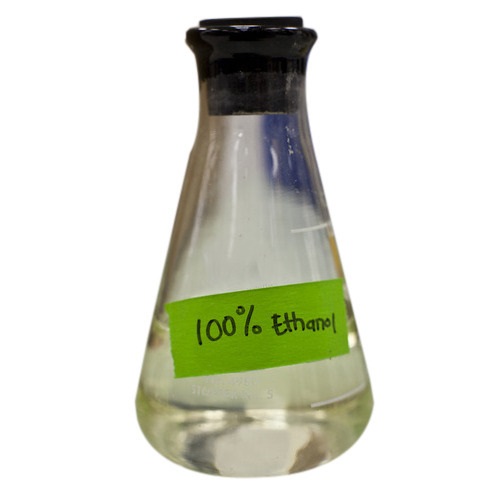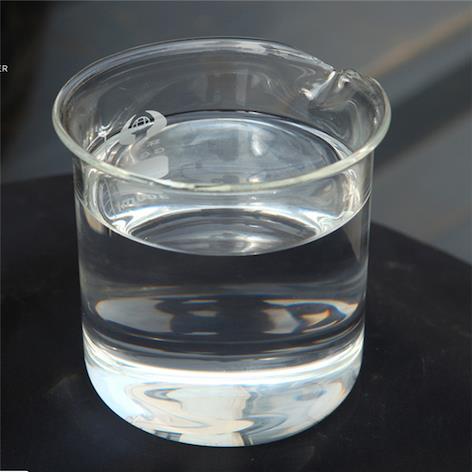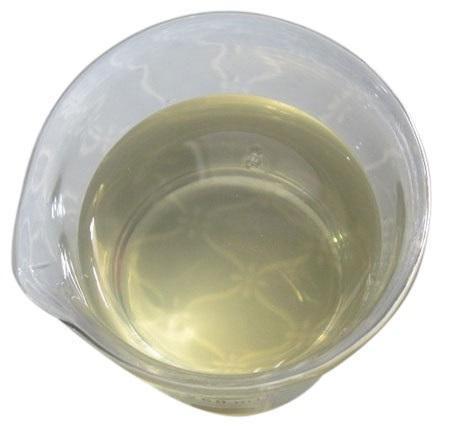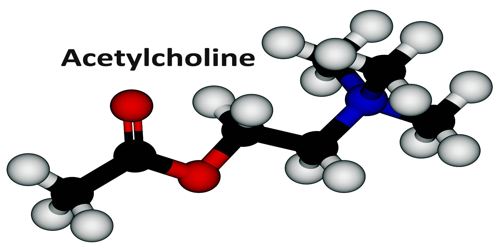Toxicity of Ethanol
Ethanol is one of the largest volume organic chemicals used in industrial and consumer products. The primary industrial uses of this aliphatic alcohol are as an intermediate in the production of other chemicals and as a solvent. Ethanol is used in the manufacture of drugs, plastics, lacquers, polishes, plasticizers, and cosmetics. Ethanol is used in medicine as a topical antiinfective, and as an antidote for ethylene glycol or methanol overdose. Commercial products containing ethanol include beverages, perfumes, aftershaves and colognes, medicinal liquids, mouthwashes, liniments, and some rubbing alcohols.

Mechanism of Toxicity
Upon acute exposure ethanol is a central nervous system (CNS) depressant that initially and selectively depresses some of the most active portions of the brain (reticular activity system and cortex). The mechanism of action most likely involves interference with ion transport at the axonal cell membrane rather than at the synapse, similar to the action of other anesthetic agents. Ethanol can bind directly to the gamma-aminobutyric acid receptor in the CNS and cause sedative effects. Ethanol may also have direct effects on cardiac muscle, thyroid tissue, and hepatic tissue.
Chronic and excessive ethanol ingestion has been associated with a wide range of adverse effects. At the cellular level these effects can be attributable to metabolic intermediates. Ethanol is metabolized differently at low and high concentrations. At low ethanol blood levels ethanol is metabolized very efficiently by alcohol dehydrogenase to acetaldehyde and then by aldehyde dehydrogenase to acetate producing nicotinamide adenine dinucleotide (NADH) in both reactions.
Chronic high ethanol intake induces the cytochrome P450 mediated MEOS, which can be predominant. Under these conditions ethanol is metabolized to acetaldehyde without reducing NADH. The MEOS pathway utilizes nicotinamide adenine dinucleotide phosphate thus producing an oxidative environment, which decreases the reducing equivalents present in the cell, increasing oxidative stress. This pathway has been associated with the release of highly reactive oxygen species in addition to acetaldehyde, which contributes to the hepatic damage observed in chronic alcohol abuse.
Acetaldehyde has been implicated as one significant contributor to the toxicity observed in chronic ethanol overexposure (see Acetaldehyde). Acetaldehyde is highly reactive and can interact with DNA and proteins to form stable adducts. These DNA adducts may induce mutations, although there is an absence of direct evidence that they are in fact the initiators of cancers associated with alcohol ingestion. Acetaldehyde and malondialdehyde, a product of ethanol-induced lipid peroxidation, can form protein adducts which have been found in the serum of alcoholics and rats fed ethanol. These adducts are capable of eliciting an immune response believed to be important in the inflammatory processes observed in alcoholic liver disease and possibly neurotoxicity.
You may like
Related articles And Qustion
Lastest Price from Ethanol manufacturers

US $0.00/kg2025-11-28
- CAS:
- 64-17-5
- Min. Order:
- 1kg
- Purity:
- 98%
- Supply Ability:
- Customise

US $10.00/kg2025-06-26
- CAS:
- 64-17-5
- Min. Order:
- 1kg
- Purity:
- 99.5%
- Supply Ability:
- 100 TON





